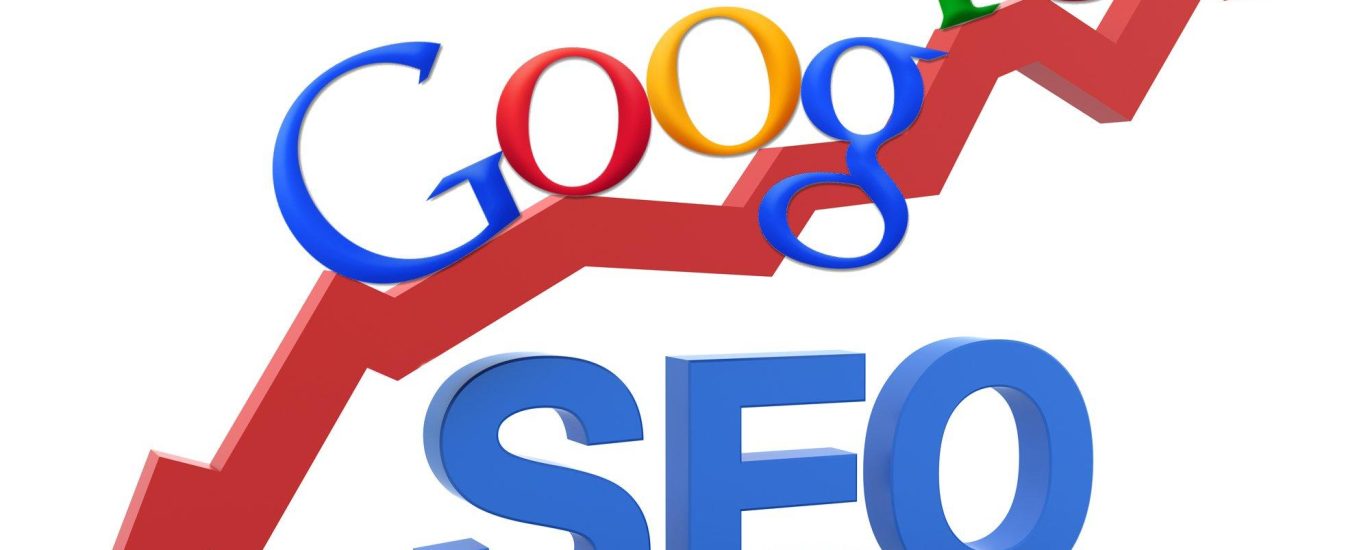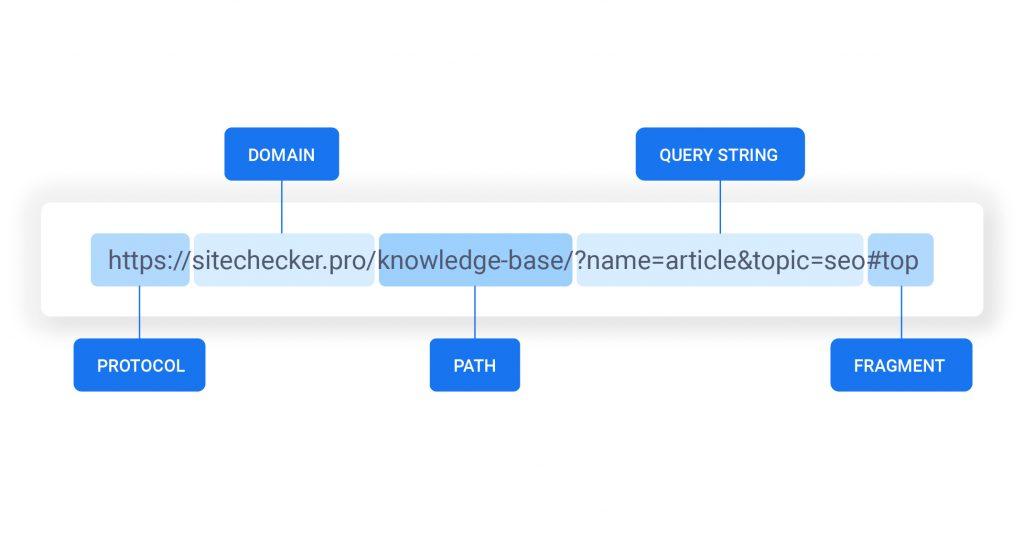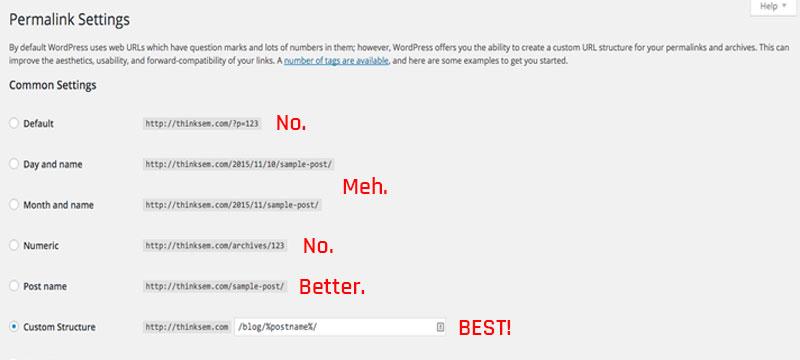



In the ever-evolving landscape of digital marketing, staying ahead of the curve is essential—especially when it comes to search engine optimization (SEO). As Google continues to refine its algorithms and strategies for delivering the most relevant content to users, one area that has garnered increasing attention is image SEO. Understanding how to optimize images effectively can significantly impact website visibility and user engagement. Among the latest insights emerging from Google’s updates is the emphasis on using consistent URLs for images, a seemingly small detail that can have profound implications for search rankings. In this article, we will explore the meaning of consistent image URLs, how they fit into the broader context of SEO best practices, and actionable strategies that marketers and webmasters can implement to enhance their image optimization efforts. Join us as we unravel the intricacies of this crucial aspect of SEO and empower your content to shine brighter in the digital realm.
Maintaining consistent URLs for your images is a crucial aspect of optimizing them for search engines. When URLs change frequently, it can create confusion for both users and search engines. Imagine a user trying to bookmark a stunning image, only to find that it leads to a broken link after a change. Similarly,when search engines crawl your site,inconsistent URLs can hinder their ability to accurately index your images. By ensuring a stable URL structure, you aid in the cultivation of trust, both from visitors and search engine algorithms, ultimately leading to enhanced visibility and ranking.
Establishing a coherent URL strategy for your images involves several best practices:
Here’s a simple overview of the impact of URL consistency on image SEO:
| Aspect | Consistent URLs | Inconsistent URLs |
|---|---|---|
| User Experience | improved, leads to better retention | confusing, leads to frustration |
| Search Engine Indexing | More efficient and accurate | Elaborate, may miss crucial images |
| Link Authority | Strengthens over time | Weakens due to broken links |

When it comes to enhancing the search visibility of your images, a well-crafted URL structure can make a substantial difference. A clear and descriptive URL serves not only to inform users about the content of the page but also assists search engines in interpreting what your images are about. Consider the following elements when constructing your image URLs:
Additionally, analyze how your existing URLs rank to identify areas for betterment. By utilizing tools like Google search Console, you can monitor the performance of your images and adjust accordingly. A comparative table of effective and less effective URL structures can highlight this concept clearly:
| Type | Example | Notes |
|---|---|---|
| Effective | https://example.com/images/golden-retriever-puppy.jpg | Descriptive & keyword-rich |
| Less Effective | https://example.com/images/IMG_1234.jpg | Non-descriptive & generic |

Establishing a coherent URL structure is crucial in maximizing the visibility of images across your website.When creating URLs, aim for clarity and relevance. Each URL should not only point directly to the image but also reflect the content it represents. This helps search engines understand the context of the image, which can improve SEO rankings. Utilize a consistent format for your URLs by adopting a standardized naming convention. For instance, opt for descriptive words separated by hyphens (e.g., www.example.com/images/blue-widget.jpg) rather than cryptic numbers or random characters.
To further enhance the consistency of your URLs, consider the following best practices:
Additionally, it’s beneficial to regularly audit your existing URLs. This allows you to identify and rectify any inconsistencies over time. Create a simple table to track updates and ensure ongoing compliance with your established URL structure:
| Image Name | Current URL | Status |
|---|---|---|
| Blue Widget | www.example.com/images/blue-widget.jpg | Consistent |
| Red Widget | www.example.com/images/red_widget.jpg | Needs Update |
| Green widget | www.example.com/images/green-widget-001.jpg | Inconsistent |

To achieve long-term success in image SEO, it’s crucial to continuously monitor the effectiveness of your strategies and be willing to adapt them as necessary. Tracking key metrics can illuminate what is working and what is not, allowing you to make informed decisions. Focus on the following indicators to gauge performance:
Regularly updating your approach not only enhances your current standings but also prepares your site for changes in search engine algorithms. Consider conducting A/B tests with your image titles and descriptions to discover which combinations drive more traffic. Establishing a consistent URL structure can lead to better performance and improved indexing.To aid in your assessment, keep a simple table that tracks critically important image SEO metrics over time:
| Metric | Current Value | Target Value |
|---|---|---|
| image CTR | 5% | 8% |
| Load Speed (seconds) | 2.5 | 1.8 |
| Rank Position | 15 | 10 |
In an ever-evolving digital landscape,staying ahead of the curve is essential for enhancing your online presence. As Google updates its algorithms, understanding the nuances of image SEO becomes increasingly vital. The emphasis on using consistent URLs represents a key step for webmasters and content creators alike to optimize their visual assets effectively. By adhering to these best practices, you not only improve your site’s visibility in search engine results but also create a more streamlined experience for users.
As you navigate these changes,remember that every small adjustment can have a profound impact on how your content is perceived and discovered. so, take these insights to heart, refine your approach to image optimization, and watch as your efforts translate into greater engagement and success. With each update, the chance to enhance your strategy unfolds; seize it, and turn your visuals into powerful tools that captivate and inspire. Happy optimizing!